Broad strokes, destinations want tourists to do three things. They want them to come, to spend, and to leave. In visiting somewhere—anywhere—a tourist does all these things by default, so the bar is low. The Holy Grail though, is to add another item—to stay—and more often than not, tourists do that too. But then the challenge becomes how to get them to stay longer. Not forever—after all we’ve all had guests camped in the spare room tooooo long—but to be sure, longer than a night is good. How does a destination get people to stay another day?
The Stay Another Day concept is far from a new one. Both Siem Reap and Luang Prabang have run initiatives built around this. But today, I’m writing about Huế, located more of less in the middle of Vietnam.
Slow down to xích lô speed. Photo: Stuart McDonald.
An ancient capital in times past, Huế is not short on attractions. There’s the Citadel, tombs, pagodas, museums, a beautiful riverfront, a fascinating “old city,” and a fabulous food scene. And yet, many foreign visitors give it but a night. This isn’t because they’re not interested in what the city has to offer, but rather two other reasons—both of which are out of the city’s control.
The single biggest reason is, as I’ve written before, travellers trying to see too much in too little time. Vietnam is a bigger place than most realise, and, particularly if travelling by train (which, by the way, everyone should), time goes fast. When one is trying to cram eight places into two weeks something has to give, and often that extra night in Huế is the first thing to fall off the wagon. Why Huế? For that answer, you need to look to the second challenge—which lies roughly four to five hours to the south—Hoi An.
Aside from Hạ Long Bay and Sapa, Hội An is the heaviest promoted destination in the country—and, to a point, with good reason. There is a lot to love, be it the shopfronts, the international food scene, the river setting, or (or a good day when they’re not covered in trash of washing away) the beaches. But all—Hạ Long, Sapa, and Hội An, among others—have been battered by the overtourism bat.
How about some offerings to keep overdevelopment at bay. Photo: Stuart McDonald.
Sure Da Nang sits between the two and that’s a destination in its own right I guess, but it is interchangeable with many other overtouristed beach resort strips in the region. What Hue and Hội An offer though, can’t be seen and experienced in the same way elsewhere. They’re each unique in their own way.
In looking for other “things” to convince people to stay longer in Huế, there is a concerted effort to add a “wellness” arrow to its quiver. It has a pretty hinterland and there is plenty of scope for spas, retreats, cycling tours and so on. There’s nothing wrong with this approach, but some will require a considerable chunk of change to do right. With this in mind, I’d suggest two other simple approaches that won’t break the budget, worth consideration.
The Citadel ticket has to change. From a historical point of view, Huế’s most marketed attractions are the Citadel and the Royal tombs that surround it. The former is downtown, a short walk from the city’s tourist hub on the south side of the Perfume River. The tombs are scattered around the surrounds, not all in the same direction and are generally visited by van or motorbike.
Hurry up, the clock is ticking. Photo: Stuart McDonald.
The Citadel and each tomb has there own admission fee, but you can also buy a variety of combination tickets. These allow you to visit a mix of the palace and tombs for a reduced overall price. This in itself is smart, but what isn’t so smart is the ticket is only valid for two days. In most cases what this means is a visitor will see the Citadel on one day and, best case, on the other day, see as many tombs as they can cram in. Take my word for it, after a long day of tomb wandering, the value added in that last one—whichever it may be—is low. Not an ideal experience for visitors. It also means that tourists have two action packed days, and then, “top shelf” sights done, they leave.
A better approach would be for the ticket validity to be open-ended—or say five days. Then, tourists would have the option of seeing a couple of tombs each day. In the meantime, they’re having a more relaxing experience, staying longer, and spending more. But, if the Citadel and the tombs are the top attractions, what else could/should they be doing? This brings me to my second point.
Huế may be a city of many hues, but it is also the culinary capital of Vietnam. Yes, Hanoi and Ho Chi Minh City—and pretty much everywhere else in the country—has great food. But—and I am willing to die on this hill—Huế has the highest ratio of great eating per square kilometre in the country. The problem is, much of the best food is in the northern part of the city, clustered around the Citadel, but the majority of the hotels are in the south.
Think calming thoughts. Photo: Stuart McDonald.
This eating is generally not in tourist-orientated restaurants. Instead it is street food or one step up, on red plastic chairs, consumed over a matching red plastic table. There are no English menus—there are often no menus at all—and there is almost never English spoken. Hygiene isn’t what it could be. If you don’t speak a word of the language and don’t know what you want, the whole scene can be a bit intimidating. In actuality it isn’t—I’ve never been turned away from a joint or felt unwelcome, but, for the uninitiated, I get it.
So while it is easy to say “spend five days seeing the palace and tombs and eat in between,” the next question is “how?” This is where Huế Tourism could lend a helping hand. They could come up with say a half dozen food walks suitable to different tastes, each listing places that are on board with the concept. This could then be reproduced alongside a map onto a flyer (yes, on paper!) and distributed to every accommodation venue in the city.
Each mentioned place could have a little poster inside, on the wall or something, reproducing the map, noting it is “Number 4 on the tour, features bún bò Huế, and the dish costs 25,000 dong. The owner is a women named Thanh who has been slinging bowls for 22 years. When you’re done, Number five is a kilometre up the road.” That is all people need—anything else they can discover under their own steam.
Give people time to explore to find out what is under the hood. Photo: Stuart McDonald.
Of course, food maps along these lines already exist. Vietnam Coracle has an excellent one, and there’s one on Travelfish, but here I’m talking about something coming from the destination’s end of the stick. The tourism board is the obvious candidate as they should have relationships with the hotels that could serve as distribution points for flyers and other information. Something that gets the local businesses involved, that gives them the kudos of knowing they’re part of the reason people stay in Huế for longer.
Something like this would not be expensive to develop nor distribute. While there might be a temptation to go high tech on it, that is overkill. Sometimes old tech—paper and pencil—works fine. Don’t overcomplicate matters.
My closing advice would be to highlight local small businesses. For every dish you get in a high-trafficked tourist restaurant in the south, there’s a better red plastic chairs version in the north. Each trail need not be exhaustive and could cater to different tastes—vegan or halal for example—or times of the day. Not all are like me—who’ll eat six bowls in six hours without complaint, so each trail could cover just four or five stops apiece. A coffee, a snack, a bigger snack, a bowl and a dessert.
Give people reasons to give Huế the time it deserves. Photo: Stuart McDonald.
Come up with say a dozen trails, six in the north, four in the south, and two striking out into the suburbs, and before you know it, tourists have instructions on a whole range of reasons to stay longer—the longer they stay, the slower they travel—a win for sustainable travel in a country just about bereft of it. Lastly, there’s no risk of putting the existing food tours out of business as they invariably don’t set foot in the old city!
All this for the costs of printing and a serious bowl budget for some of Huế Tourism’s best eaters—I know who you are!
Couchfish is 100 per cent independent and reader-supported. If you’re not already a subscriber, and you’d like to show your support, become a paying subscriber today for just US$7 per month—you can find out more about Couchfish here—or simply share this story with a friend.
Don’t forget, you can find the free podcasts on Apple, Pocket Casts and Spotify as well as right here on Couchfish.

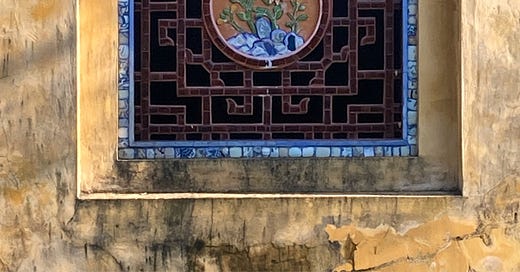

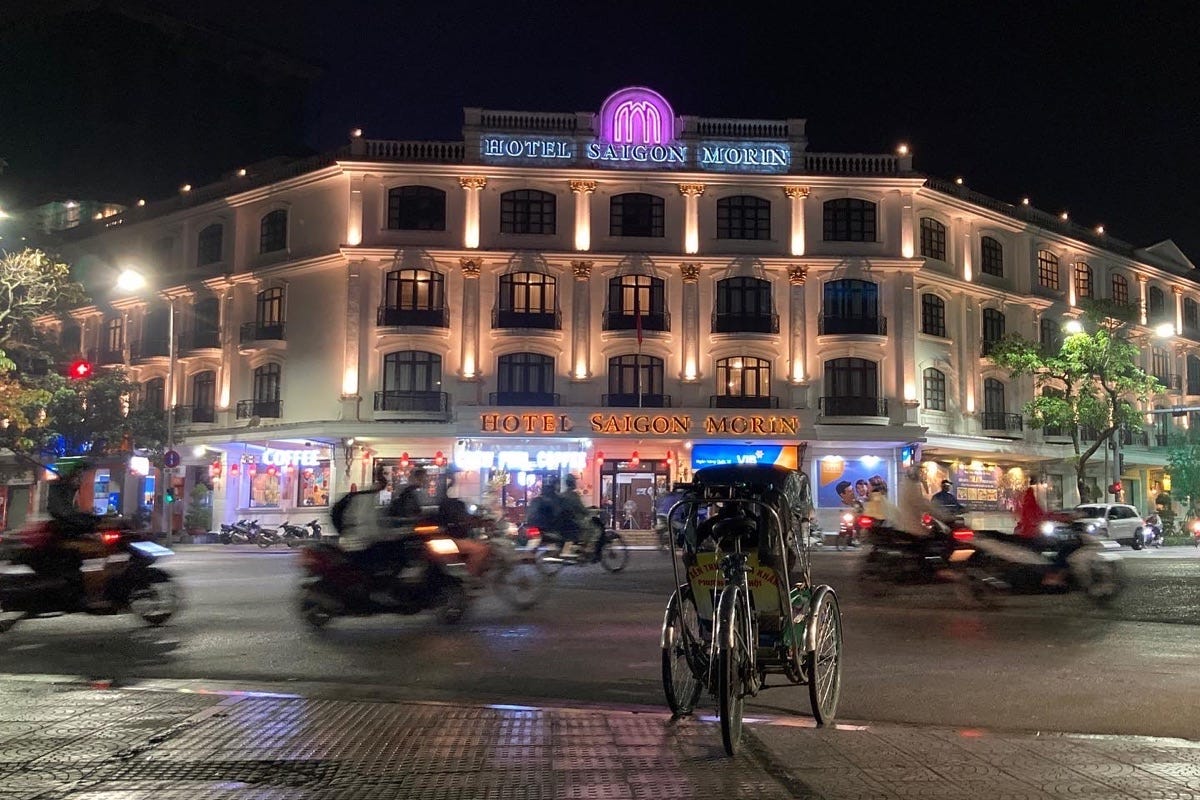
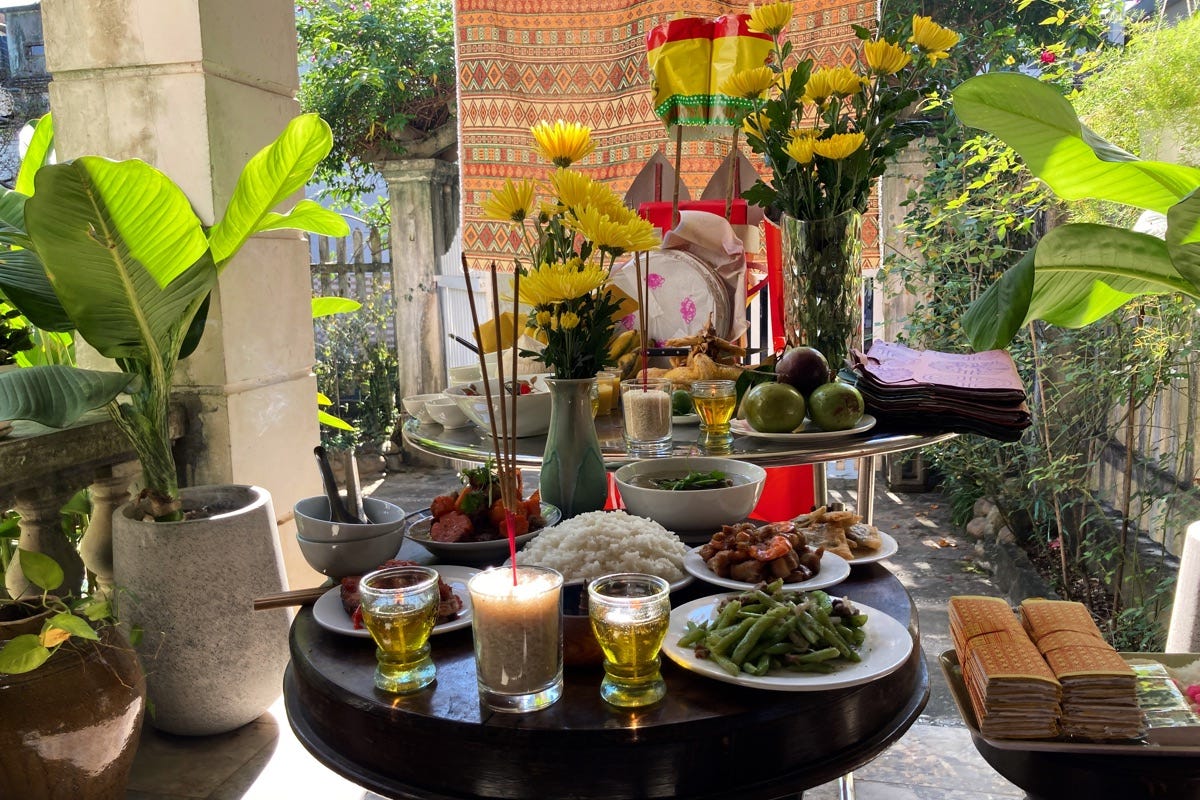
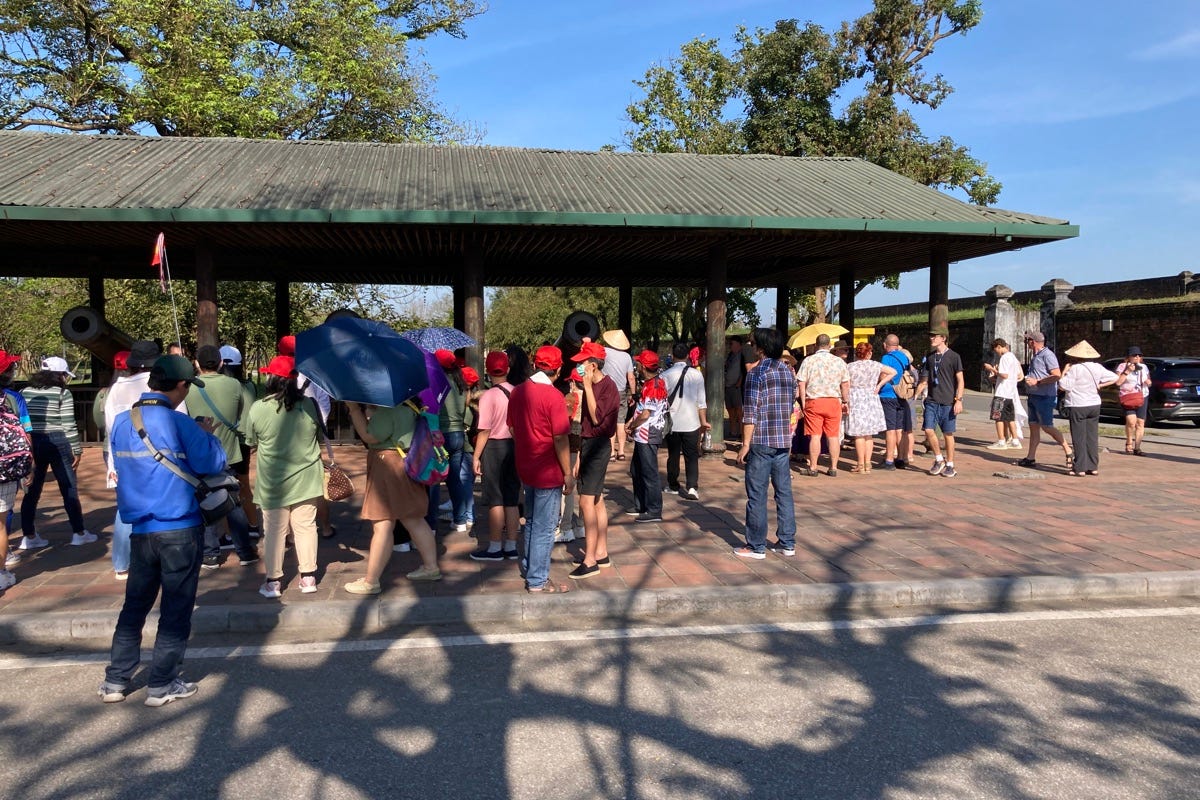
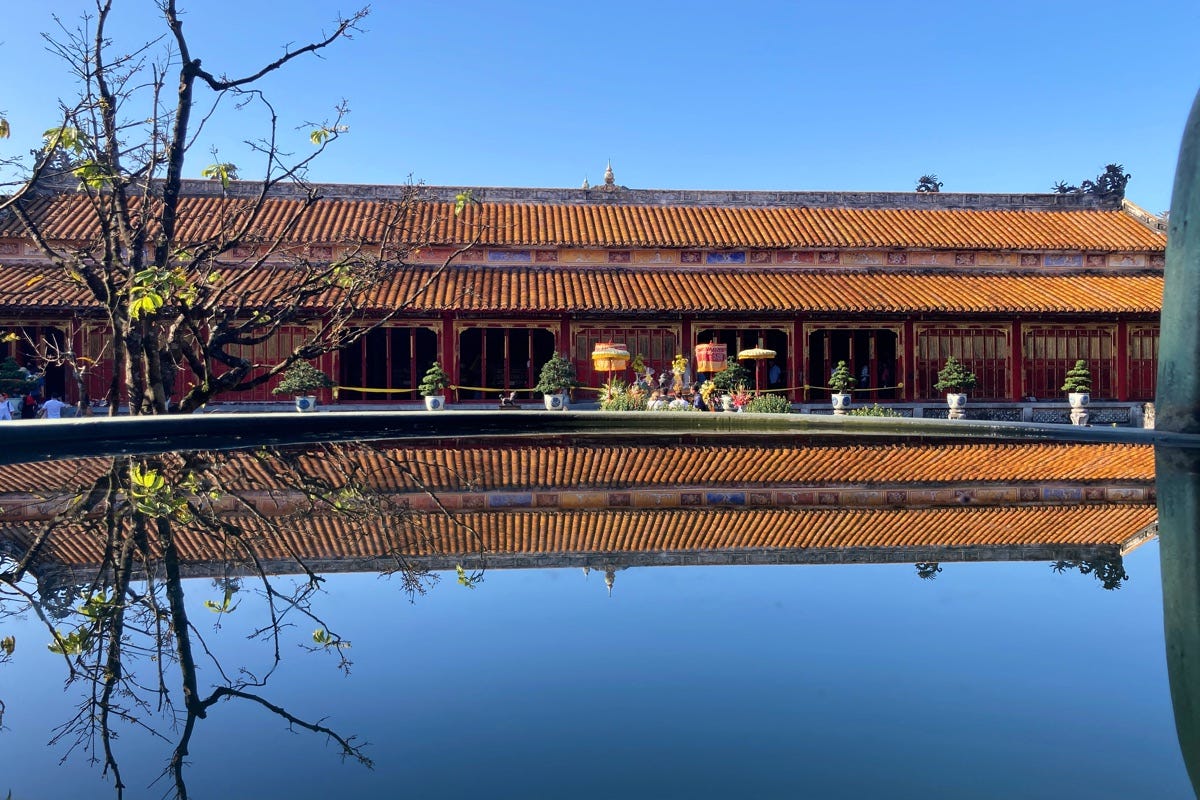
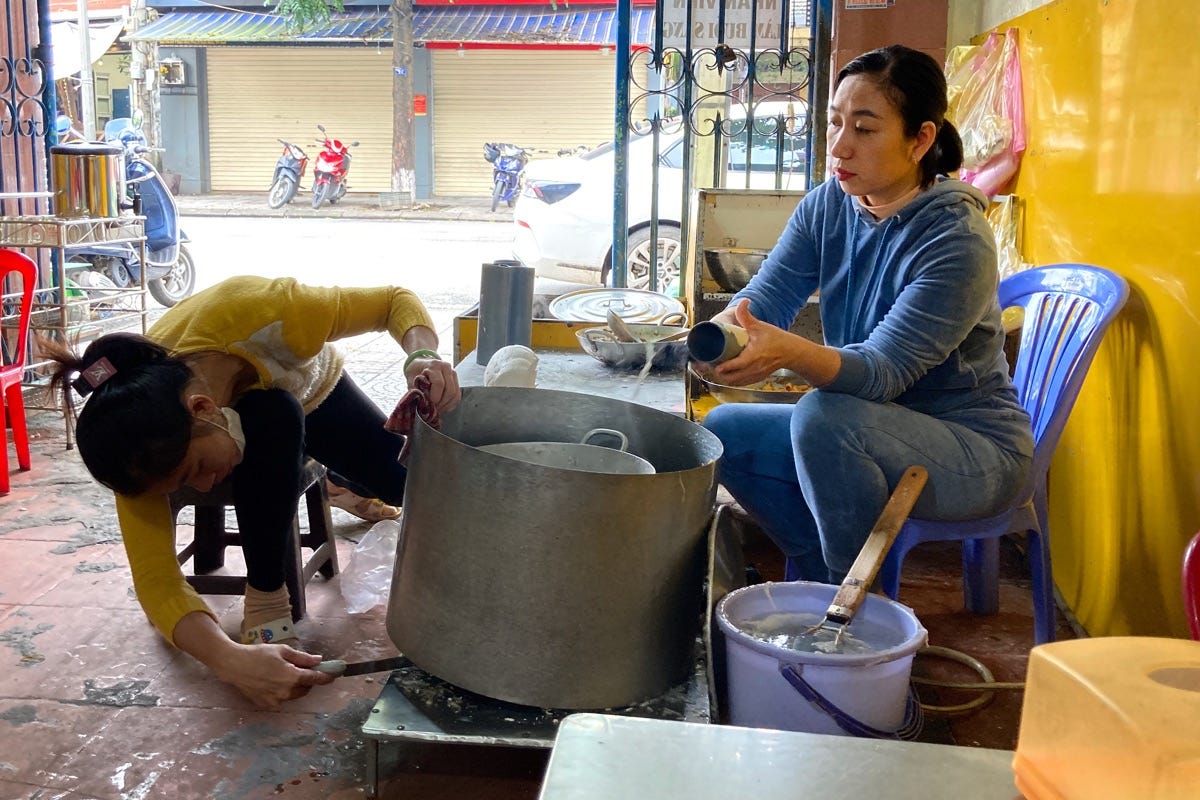
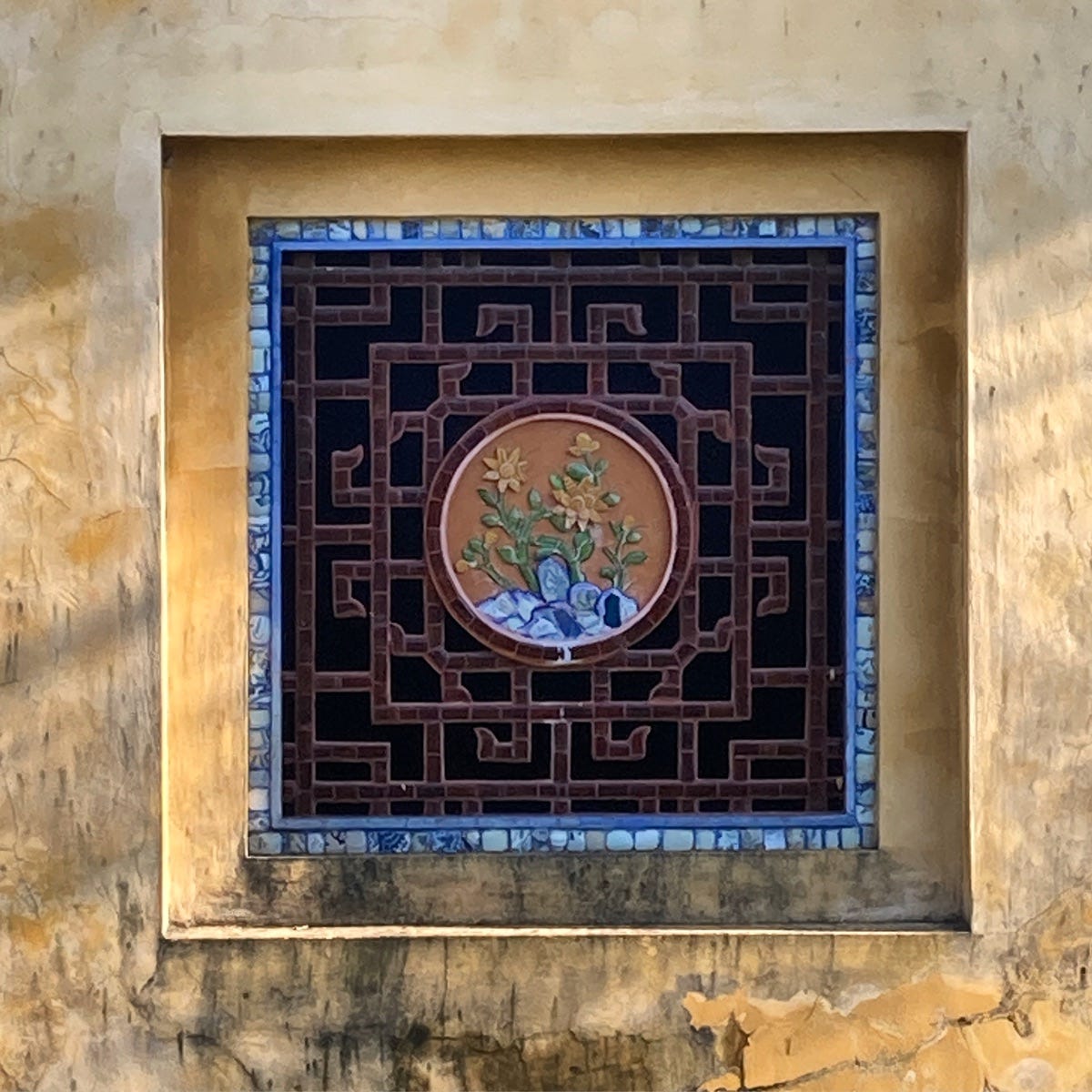









Share this post